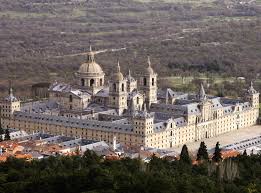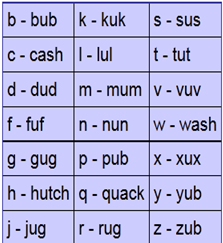10 Things You Must See When You Travel to Spain
Posted on December 2nd, 2013by
In Culture, Historic, Spanish | Leave a Comment »
You think of Spain and immediately the phrase ‘Sun, sand and sangria’ pops into your head; but that’s not all that Spain has to offer. Here are the top ten places for you to visit in this fascinating country:
 1. Alhambra
1. Alhambra
You can’t visit Spain without going to the stunning Alhambra. You can tick both ‘culture’ and ‘history’ off of your checklist once you’ve seen the exquisite ‘Red Castle’ in all its splendour, and you’ll soon realize why it’s Spain’s top tourist destination.
 2. Mezquita de Cordoba
2. Mezquita de Cordoba
You’ll get a crick in your neck from staring up at the shining columns of jasper, marble, onyx and granite as you wander through them; the Mezquita de Cordoba won’t fail to dazzle you.
You’ve done the historical bit, the cultural bit, the scenic bit…how about something a bit morbid and gross? In the mausoleum of El Escorial, near the capital of Madrid, you visit the crypt and see all of the marble coffins that hold the bones of the kings and queens of Spain. If that’s not creepy enough for you, knowing that you’re only a few steps away from the ‘rotting room’ might be!
 4. Sagrada Família
4. Sagrada Família
It’s hard to miss this sight! You’ll love the cosmopolitan city of Barcelona but you’ll be awestruck at the Sagrada Família. The bizarre and dramatic neo-Gothic style Roman Catholic church is like no other building you will have ever seen…no, really! It’s not actually finished, so take some pics now and then come back to Spain again later to see how they’re getting along.
 5. Ibiza
5. Ibiza
If you like to party, Ibiza is the place to be! As the clubbing capital of the world, it has an unmatched party scene and you’ll want to be a part of it. Loud music, thronging crowds and the top clubs; kick back and party!
 6. Cuenca
6. Cuenca
Visit the medieval city of Cuenca to see the bizarre ‘hanging houses’. Situated between Madrid and Valencia, the houses have been precariously built right on the edges of the steep cliffs, appearing to hang on to them. If you’re brave enough, you can even stand on the balcony of one!
 7. Aqueduct of Segovia
7. Aqueduct of Segovia
It’s hard to imagine how this was built in the first place, let alone how it’s still standing, but the ancient Aqueduct of Segovia was made from 24,000 massive granite blocks without using any mortar! You can take some great photos of this awesome ‘balancing’ monument to show your friends when you get back home…but maybe don’t stand underneath it, just in case.
 8. La Concha
8. La Concha
For beach-lovers, La Concha in San Sebastian is the place to go! If you’re planning on sunbathing in Spain then the best city beach in Europe has to be top of your list. So get your sun cream, shades and sunbed ready for a day of chilled out tanning.
 9. Palacio Real de Madrid
9. Palacio Real de Madrid
For some family snaps of the royals, try the Palacio Real of Madrid. You´ll be gobsmacked at the luxury in the palace. Although it’s their official residence, the Spanish Royal Family only really use it for state ceremonies, so you might have to make do with a postcard of them instead.
 10. Guggenheim Museum
10. Guggenheim Museum
For a spectacular sight in Bilbao, make sure you see the Guggenheim Museum. This bizarre looking building has an extraordinary style that you won’t want to miss.
Spain has customs steeped in tradition yet it caters for a tourist market, allowing you to explore the culture and history of Spain while having fun in the sun. Spaniards are very hospitable people and you’ll be made to feel very welcome in this country of contrasts; but if you want to experience the country like a true local, give the language a go – brush up on your Spanish skills, pack your suitcase, hop on a plane and head straight for Spain!
Have you ever visited any of these Spanish must-sees? Would you add anything to our list?








